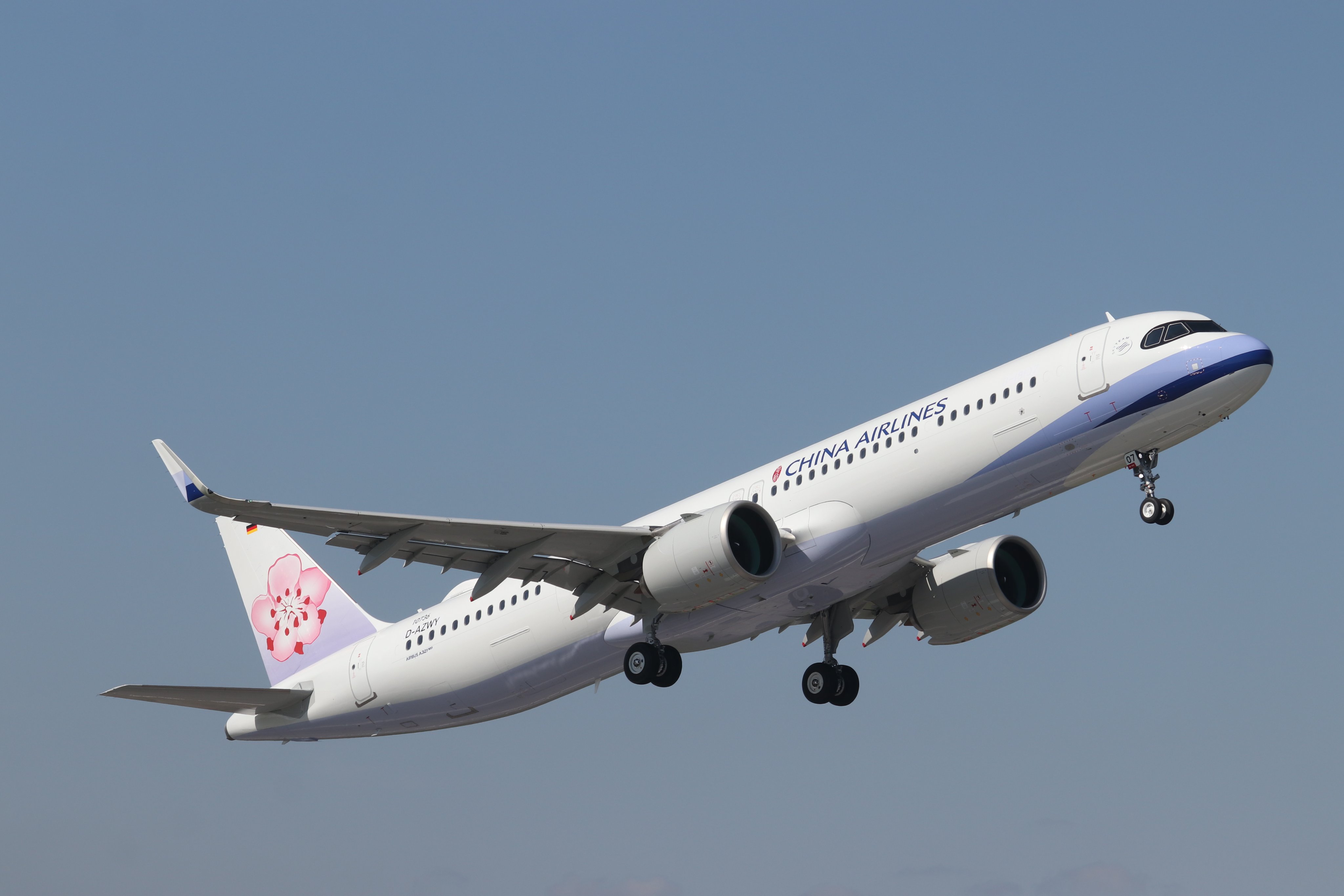In 2020, a PLA Air Force fighter jet crashed after hitting a bird shortly after takeoff. The engine’s in-flight shutdown warning began flashing, and the display screen went black.
Nancy Pelosi May Use Submarine To Enter Taiwan – ‘Hawkish’ Chinese Commentator Takes A Jibe At US
Two years later, Chinese scientists have developed an Artificial Intelligence and laser-based solution to avert bird strike-related crashes.
Chinese researchers claim to have created a robotic device that uses lasers to scare away birds from airports, reducing the likelihood of dangerous bird-plane crashes.
The AI-powered device fires a painful but non-lethal laser beam at flying birds until they exit the restricted airspace. According to the researchers, a smart camera running picture recognition and tracking algorithms directs the high-energy laser beam.
The Chinese researchers claimed their bird-tracking system performed at least 50% better than current target-tracking algorithms.
Professor Zhao Fan of the Xian University of Technology in the Shaanxi region of northwest China served as the study’s principal investigator. In April, the group submitted its findings to the peer-reviewed publication Laser & Optoelectronics Progress.

Each year, roughly 20,000 such events worldwide pose a severe risk to aircraft safety. About 90% of bird-plane crashes occur during takeoff and landing, 50% within 30 meters (98 feet) of the ground, and 90% over airports.
For instance, in India, two separate incidents of bird strikes led to an emergency landing of one aircraft and the return of another aircraft to its host airport in June, with major tragedies averted.
NOW | Federal Defence Minister Peter Dutton says China's laser attack on an Australian aircraft is "a very serious act".
"There's a pattern of behaviour here and the pattern of behaviour is … consistently bad from the government of China."
— 3AW Melbourne (@3AW693) February 20, 2022
On its part, China has made significant strides in laser beam technology, often deployed by its military.
In February 2022, a warship of the PLA Navy was accused of firing a military-grade laser on an Australian reconnaissance aircraft. Later, Australia accused Chinese J-16 aircraft of shining laser beams or chaff as an intimidation tactic over the South China Sea.
However, the new use of laser beams directed by Artificial intelligence to repel birds has not been seen before.

How Lethal Are Bird Strikes?
The most common time a plane collides with birds is during takeoff, initial ascent approach, and landing because birds often fly at lower altitudes. Since birds typically fly during the day, the Federal Aviation Administration estimates that 63% of accidents involving birds occur during the daytime.
Smaller aircraft and vehicles powered by propellers are more susceptible to structural damage, such as the windscreen, control surface, or empennage penetration. Additionally, there is a chance that the windscreen penetration will hurt the pilots or other passengers, which could result in a loss of control and dangerous outcomes.
When a bird hits a large aircraft, it frequently results in engine problems or even complete failure. The first compressor rotor may sustain severe damage if a bird is sucked into an engine (fan blades). This might cause a lot of vibration, banging, and ultimately losing engine thrust.

A large aircraft’s wings, nose, windshield, and fuselage can all sustain damage from bird hits in addition to the engines, leading to a crash.
Bird strikes can damage extended landing gear during landing or takeoff, enough to cause brakes or nose gear steering systems to malfunction. It may lead to directional control issues during a subsequent landing roll. This is where the Chinese laser beam solution comes into the picture.
How Does China’s Bird Repeller Work?
Four components make up the system that Zhao and her coworkers developed: a camera to detect birds, a video processing module to follow the target, a laser emitter, and a rotating mirror to reflect and direct the beam.
While the video camera records the designated airspace in-flight footage, the AI decides how to detect, track, aim, and fire at targets. When the AI spots a bird, it directs the laser beam to scare it off.
Zhao began using a well-known tracking algorithm called a kernelized correlation temfilter (KCF). Another algorithm was then used to locate the birds in video pictures and separate them from background items like structures and aircraft.
In particular, for birds flying quickly, the second algorithm increased the stability of the KCF method and decreased the likelihood of losing a target. Additionally, it lessened the system’s computer’s computational load.
The study found that on-site tests demonstrated that the bird-repelling system could be utilized successfully on birds flying within a 1,000-meter range. According to the report, both regular and infrared cameras were used to test the new AI algorithm.
Zhao claimed that it performs better than similar algorithms. The average success rate and accuracy of visual image target tracking reportedly increased by 47.5% and 51.2%, respectively, thanks to the new algorithm.
While this novel technology sounds aspirational and promising on paper, some bird conservationists have sounded an alarm about the laser technology affecting exotic bird species.
The type of laser and beam strength will be essential variables impacting how the device is used, according to Zhou Haixiang, a wild bird conservator in the province of Liaoning.
According to Zhou, most Chinese airports employ nets or sound and light systems to deter birds, yet many wild birds have learned to adapt after discovering they are safe. He claimed that the birds could adjust to the laser as well. The Chinese researchers did not elaborate on whether this technology would find application in the military.
- Contact the author at sakshi.tiwari9555@gmail.com
- Follow EurAsian Times on Google News




